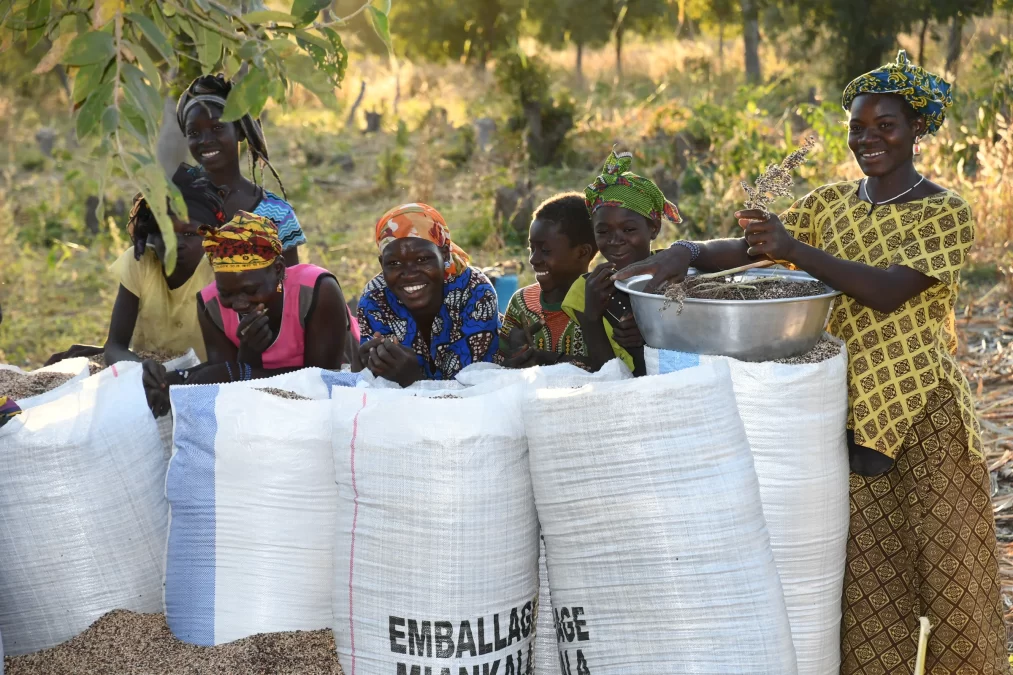Diabetes-related deaths have risen by 70 per cent since 2000 and the surge in global diabetics is projected to reach a staggering 700 million people by 2045. These statistics are merely a snapshot of the health challenges the world faces today and serve as a call for urgent preventative measures. Research underscores the pivotal role of diet in managing and preventing diabetes as well as other health challenges, urging us to explore wholesome, nutrient-dense options to combat this global health crisis.
Health benefits of millets
Millets, a group of diverse grains, are a healthy food option that can aid in managing lifestyle diseases, particularly diabetes. The key lies in millets’ low glycemic index (GI), which is a crucial factor in stabilising blood sugar levels. Millets, on average, have a GI of 52.7 which is less than white rice (66), corn flour (70) and refined wheat flour (85). Even after common cooking methods like boiling, baking and steaming, studies reveal that millets maintain a lower GI than rice, wheat and maize.
Beyond their low GI, millets are also rich in dietary fibre. Studies show that high-fibre diets are associated with improved insulin sensitivity and better blood sugar control. Millets are also known for their exemplary nutritional benefits. These grains are a powerhouse of essential nutrients such as protein, vitamins and minerals. They are particularly rich in calcium, iron, magnesium and zinc. Zinc and magnesium may both have a role in regulating blood sugar levels. A review of 32 controlled studies conducted in 2019 underscores the importance of zinc in reducing several glycemic indicators in people living with diabetes.
Traditional diets rich in millets, such as those in India and several African nations, have long been associated with reduced incidences of diabetes. Just one cup of cooked millet, which includes sorghum, finger millet, pearl millet, foxtail millet and other small millets, provides an impressive dose of fibre, making it a delicious and effective addition to a diabetes-friendly diet.
The United Nations declared 2023 as the International Year of Millets, sparking much-needed global conversations about these humble grains. As more individuals share their success stories and health professionals champion the benefits of millets, there is a growing momentum towards making these grains a dietary mainstay as we enter 2024. To be sustainable, however, the shift towards embracing millets must move beyond a health trend to a community-led movement.
Supporting rural millet producers and their communities
The journey of millets, from farm to plate, takes various routes to reach both rural and urban consumers. In rural areas, policies and subsidies help integrate millets into school meals and public distribution systems. In urban settings, millet adoption hinges on promoting health benefits, culinary versatility and tasty, convenient options.
There is a need to make millets easily accessible and convenient for consumers. With partners, the International Crops Research Institute for the Semi-Arid Tropics (ICRISAT) is leading efforts to help rural producers benefit from growing millet demand, especially from global urban consumers.
ICRISAT’s Inclusive Market-Oriented Development (IMOD) strategy bridges the gap between rural and urban households, supporting smallholder millet farmers and aiding rural businesses in establishing brands. Initiatives like the Smart Food programme raise awareness of the benefits of millet consumption across Asia and Africa.
ICRISAT has also introduced more than 40 millet products, ranging from preservative-free microwaveable millet rice to low-fat millet snacks, convenient ready-to-cook millet meals and millet milk. These products are expanding into markets across countries such as India, Bangladesh, South Africa and Uganda.
Towards a sustainable future
Millets hold the potential to mitigate challenges associated with malnutrition, human health, natural resource degradation and climate change. Promoting the cultivation and consumption of millets aligns with a range of UN Sustainable Development Goals and offers opportunities to develop a wide range of products with a lower carbon footprint, making it a triple win for farmers, industry and consumers.
It is important to take collective action to fully harness the potential of millets to promote healthy eating options not only for diabetics but our entire population. For instance, governments, policymakers, national and international organisations and civil society should work together to create awareness about the advantages of millets in managing diabetes, which has reached alarming proportions. This calls for robust policy support, supportive research funding and heightened awareness through campaigns, roadshows, workshops and seminars.
Millet value chains and market linkages need strengthening besides ensuring market access and fair prices through market demand to support millet farmers. A broad alliance of educational institutions, healthcare providers, the media and food industries need to be promoted to engage with the public about the benefits of millets for good nutrition and more specifically in managing blood sugar levels.
As we collectively seek a path towards better health, whether managing diabetes or seeking a proactive approach to well-being, consider integrating millets into meals. It is important to recognise the power of millets and individual and collective power to make healthier choices for ourselves and the future of our planet.
This piece was initially published on ICRISAT and has been revised to suit Farming First’s editorial guidelines.



